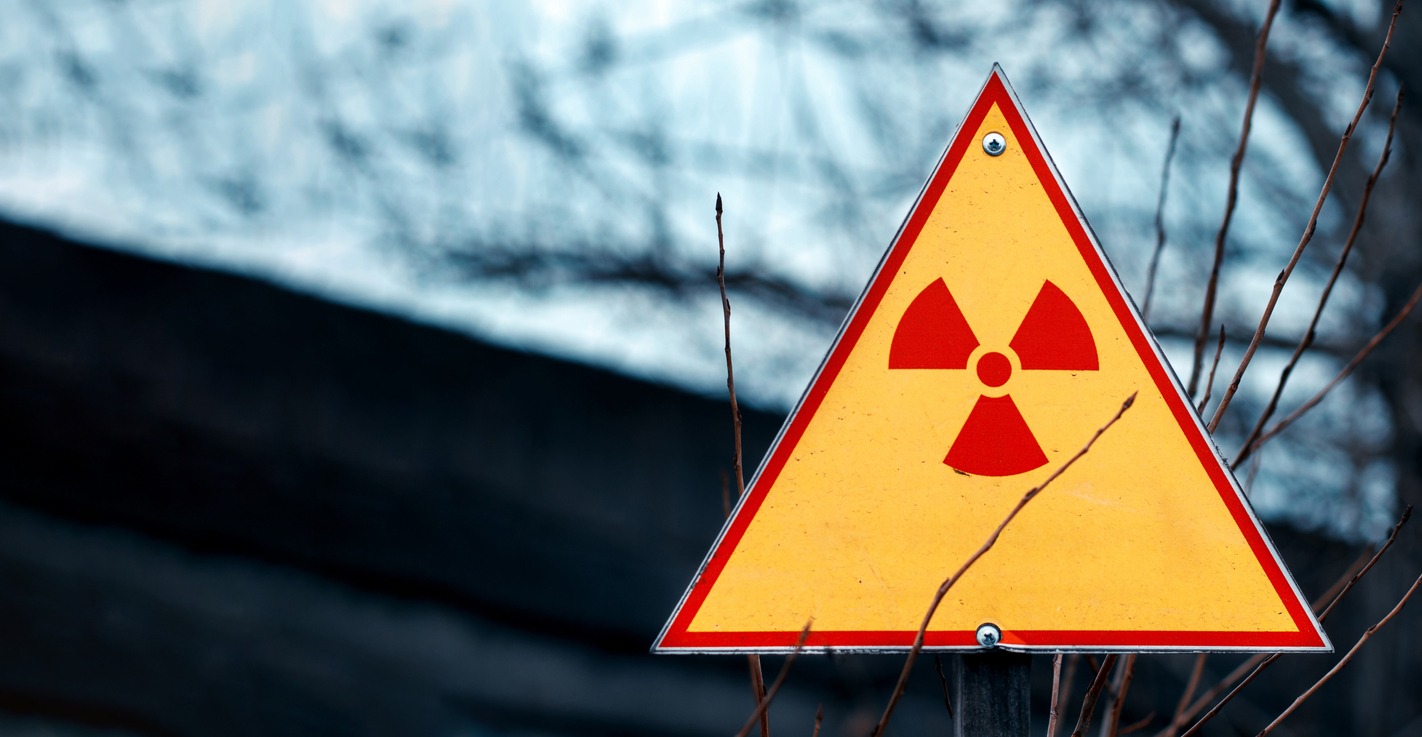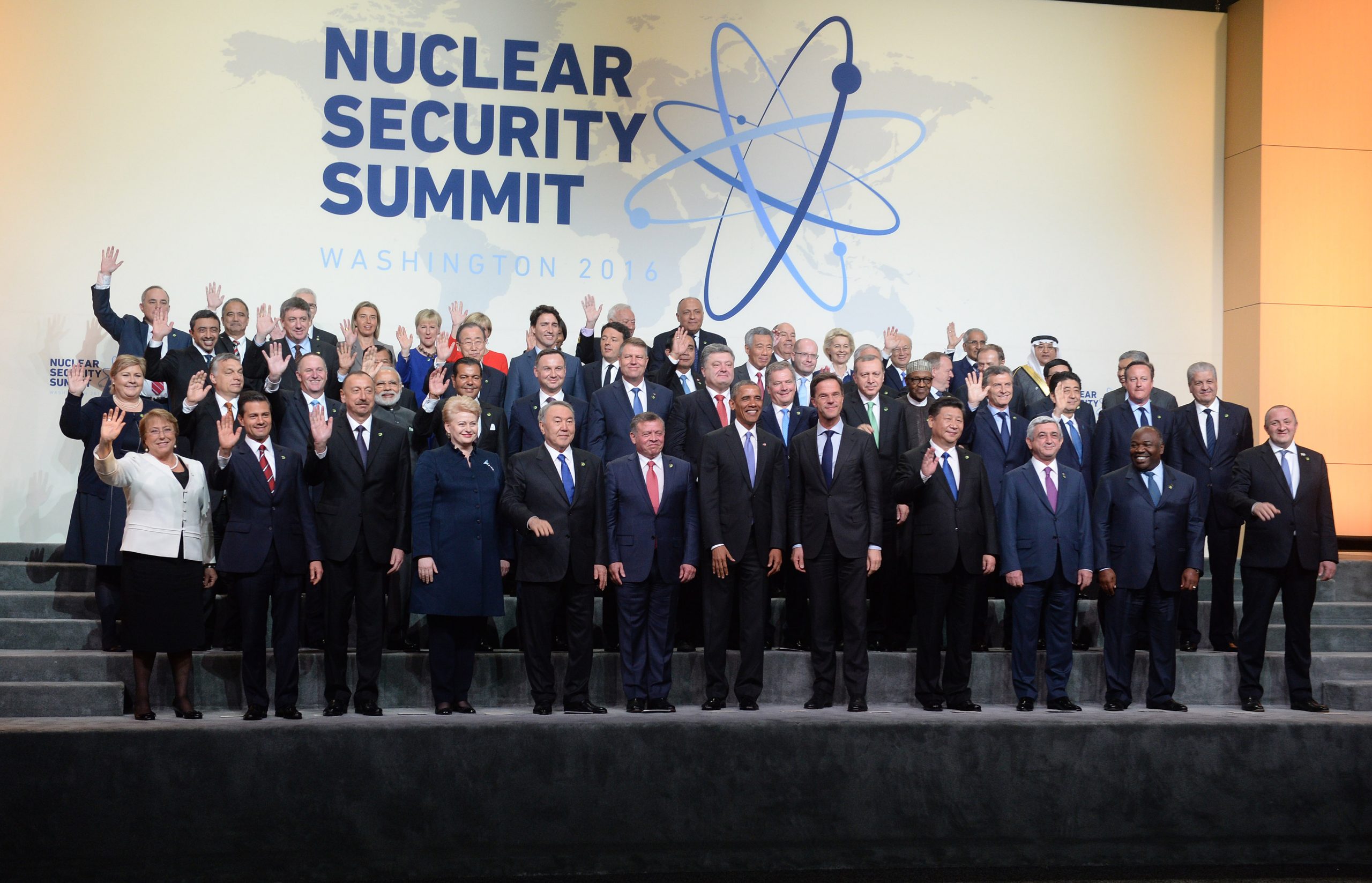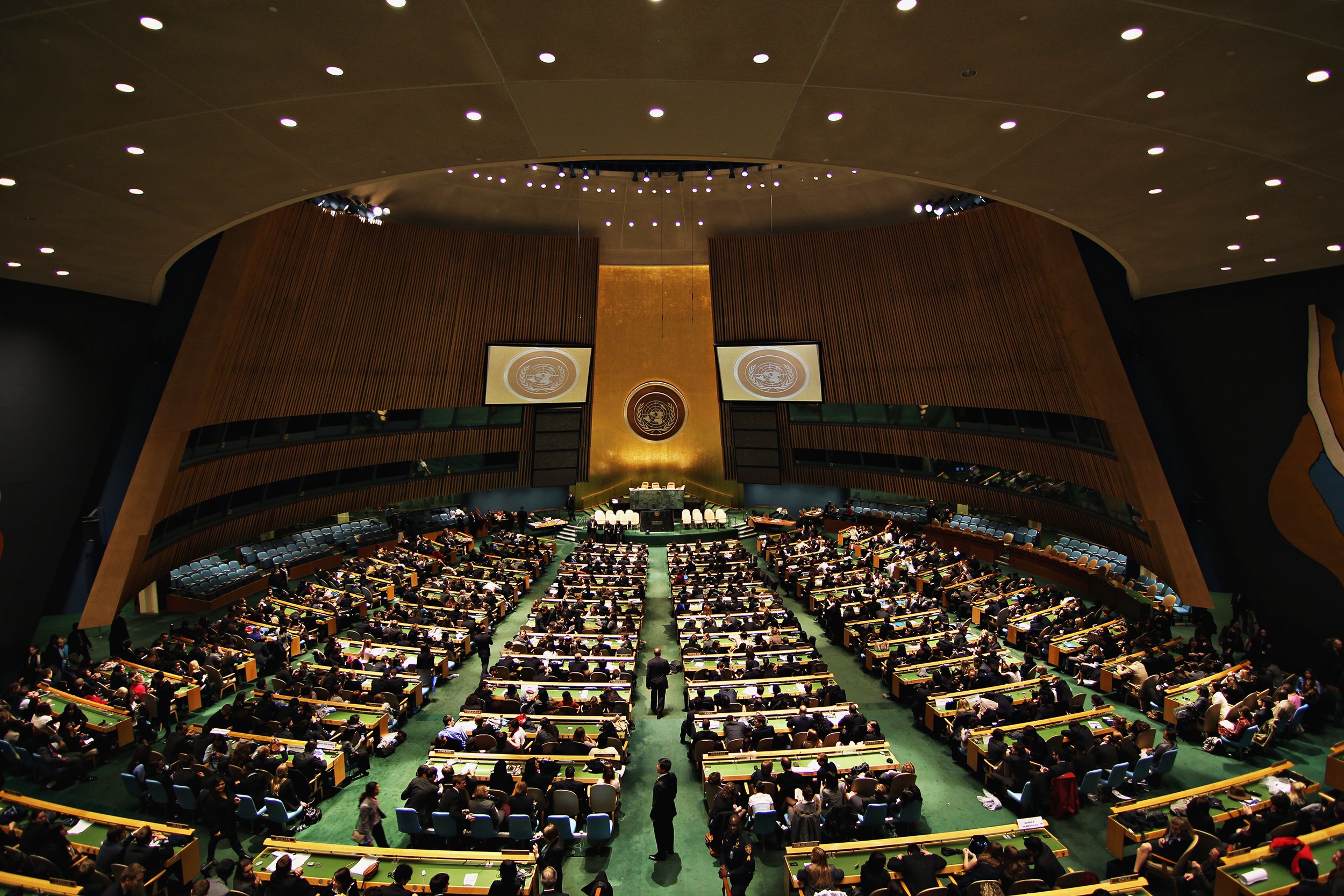Asia Presents the Biggest Challenge to Global Nuclear Orders
Of all the continents, Asia presents the most complex and the most urgent challenges to the uneasy nuclear peace that has prevailed since 1945. Only Asia contains states with the full spectrum of nuclear-weapon status vis-à-vis the Non-proliferation Treaty (NPT): one NPT-licit nuclear-weapon state (NWS) (i.e., China), two non-NPT nuclear-armed states (India, Pakistan), the world’s only NPT defector state (North Korea), three umbrella states that rely on US extended nuclear deterrence (Australia, Japan, South Korea), and a vast majority of non-NWS States. China is also the sole Asian permanent member of the UN Security Council which functions as the global enforcement authority in the maintenance of nuclear peace.
Nuclear risks
Thus, four of the world’s nine nuclear-weapon possessor countries are in Asia. Not surprisingly, the nuclear risks and threats that exist globally are also present in Asia, in some cases more acutely so. Asia is characterised by a multiplicity of nuclear powers with criss-crossing ties of cooperation and conflict, insurgencies and extremism, the fragility of command and control systems, vulnerability to cyber threats, rivalries between three or more nuclear-armed states simultaneously, asymmetric perceptions of the military and political utility of nuclear weapons, and the resulting greater complexity of deterrence relations between the nuclear powers.
The nuclear relationship between India and Pakistan, for example, is conceptually, politically and strategically deeply intertwined with China as a nuclear power. India is the only country to have active border disputes with two nuclear-armed neighbours.
The risks of nuclear war have grown with more countries in unstable regions possessing the bomb, terrorists wanting them, and vulnerability to human error, system malfunction and cyber attack. The toxic cocktail of expanding nuclear stockpiles and platforms, irredentist territorial claims and out of control jihadists makes the subcontinent a high-risk theatre. Even a limited regional nuclear war there could, over a decade of long-term effects, kill up to two billion people worldwide.
Northeast Asia is the world’s most dangerous cockpit for a possible war that could directly involve four nuclear-armed states, plus South Korea, Japan and Taiwan, through multiple pathways:
• The US is better at starting new wars than ending existing ones;
President Donald Trump could issue threats via tweets that spook Kim Jong-un into a pre-emptive attack;
• Kim’s serial provocations could incite a South Korea military response that creates an unstoppable escalation spiral;
• A growing nuclear arsenal and delivery capability could lead Pyongyang into higher risk postures and deployment practices;
• A growing stock of fissile material will increase the risk of theft and sabotage;
• A well stocked but impoverished North Korea could proliferate weapons, materials and technology for which there is a lucrative global market.
Safety & Security
Interest in expanding nuclear power remains especially strong in Asia, led by China and India. On 18 May 2017, India approved the construction of ten new reactors that will double its installed capacity of nuclear power. Asia has 58 percent of the reactors in the world that are under construction, 51 percent of the planned reactors; 57 percent of the share of electricity to be generated by the reactors under construction, and 65 percent of the share of electricity to be generated from planned reactors. The Fukushima accident highlighted the need for stronger international governance and focus on nuclear safety and security.
Yet Asia lacks the equivalent of Euratom in the form of an Asia–Pacific Nuclear Energy Community. And not all Asian states with significant nuclear activities are party to global governance regimes like the Convention on Nuclear Safety. In the 2016 NTI Nuclear Security Index, two-thirds of relevant Asia–Pacific states ranked in the bottom half, for the risks of theft and sabotage of their sensitive nuclear materials.
Non-proliferation
India broke through the global non-proliferation normative barriers in 1974 and both India and Pakistan tested and declared themselves to be nuclear-weapon possessing states in 1998. North Korea joined them in 2006 and its unchecked nuclear ambitions could in turn trigger a cascade of proliferation across the sub-region (South Korea, Japan, Taiwan).
Of the eight Annex 2 countries whose ratifications are needed to bring the Comprehensive Nuclear-Test-Ban Treaty (CTBT) into force, four are Asian: China, India, North Korea and Pakistan. Since the treaty’s adoption in 1996, the handful of nuclear tests have all been in Asia. Meanwhile Pakistan keeps blocking the start of negotiations on the fissile materials cut-off treaty (FMCT) in the Conference on Disarmament.
Despite this, the Asia–Pacific does have two nuclear-weapon-free zones: in the South Pacific and Southeast Asia. Mongolia and New Zealand have also embedded their nuclear-free status in national law.
Disarmament
Even though their combined stockpiles total only three percent of global nuclear arsenals, warhead numbers are growing in all four Asian nuclear-armed states (and in none of the other five).
It seems a safe bet that Kim Jong-Un’s primary motivation is personal and regime survival. The strongest stimulus to nuclearisation has been the US policy of forcible regime change. Recently North Korean officials said that Trump’s airstrikes on Syria vindicated their nuclear choices ‘a million times over’.
Instead of imposing capitulation as a precondition for talks, should the US and its East Asian allies not be exploring a mixed strategy of pressure and engagement – as proved successful in shrink-wrapping Iran’s nuclear program? Would Seoul and Washington agree to denuclearisation that includes the promise of no use, or threat of use, of nuclear weapons against a denuclearised North Korea, and a comprehensive peace settlement for the peninsula?
The UN ban conference
The first session of the United Nations-mandated conference to negotiate a legally binding instrument to ban the bomb was held in New York on 27-31 March 2017. The final session will be held 15 June-7 July. Asia–Pacific countries have been strong supporters. Almost the only opponents are the four nuclear-armed and the three umbrella states. Non-participation thus puts them on the wrong side of geography, history and humanity.
Moreover, of the four Asian nuclear-armed states, only China is legally bound by Article VI of the NPT to nuclear disarmament. As India and Pakistan cannot join the NPT as NWS and, absent a universal convention, will not give up nuclear weapons to join the NPT as non-NWS, a UN treaty might be the only practical measure to apply the normative discipline of a global prohibition regime to cover their arsenals.
The biggest nuclear policy challenge in the foreseeable future therefore is to channel the two different streams – the NPT Preparatory Commission meetings and the UN prohibition conference – into a confluence of disarmament efforts.
About the Author
A former UN Assistant Secretary-General, Professor Ramesh Thakur is Director of the Centre for Nuclear Non-Proliferation and Disarmament, Australian National University; Co-Convenor of the Asia Pacific Leadership Network for Nuclear Non-Proliferation and Disarmament.
This article was originally written for the Nuclear Threat Monitor, and was also published in IAPS Dialogue.
Disclaimer: The views expressed in this commentary are those of the author and do not necessarily reflect the official position of the Asia-Pacific Leadership Network or any of its members.
Image: iStock.




